Some of those forests won't recover in today's warmer climate, scientists say. They expect the same in other regions scarred by flames in recent years; in semi-arid areas like parts of the American West, the Mediterranean Basin and Australia, some post-fire forest landscapes will shift to brush or grassland.
More than 17 million acres have burned in Australia over the last three months amid record heat that has dried vegetation and pulled moisture from the land. Hundreds of millions of animals, including a large number of koalas, are believed to have perished in the infernos. The survivors will face drastically changed habitats. Water flows and vegetation will change, and carbon emissions will rise as burning trees release carbon and fewer living trees are left to pull CO2 out of the air and store it.
In many ways, it's the definition of a tipping point, as ecosystems transform from one type into another.
The surge of large, destructive forest fires from the Arctic to the tropics just in the last few years has shocked even researchers who focus on forests and fires and who have warned of such tipping points for years.
The projections were seen as remote, "something that would happen much farther in the future," said University of Arizona climate scientist David Breashers. "But it's happening now. Nobody saw it coming this soon, even though it was like a freight train.
"It's likely the forests won't be coming back as we know them."
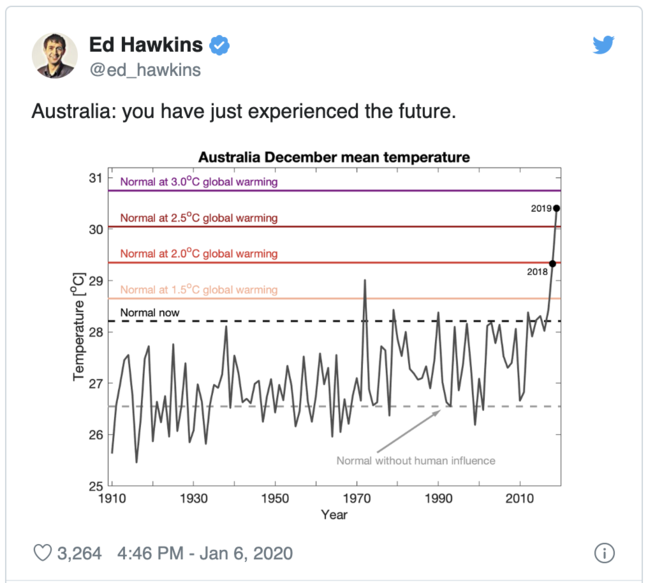
The link between global warming, forests and wildfires is multifaceted but very clear, said Nerilie Abram, a climate researcher at Australian National University.
"Increasing temperatures dry out fuel and lead to more days of extreme fire weather," she said. "The poleward shift of the Southern Hemisphere westerly winds is drawing winter rainfall away from southern Australia, causing a long-term drying trend that makes the landscape more vulnerable to burning."
The cycle feeds itself, she explained: Drought and loss of forests cause higher temperatures over the land and a lower humidity, which, in turn, worsens wildfire conditions. And there's no reason to think that a gradual temperature rise will cause a similar gradual increase in fire risk, she said, citing a recent study showing that incremental warming increases fire damage exponentially by drying out fuels.
"Each degree of warming has a bigger effect on forest fire than did the previous degree of warming," that study's lead author, Park Williams of Lamont-Doherty Earth Observatory at Columbia University, wrote on Twitter when the study was released.

In a recent Australian television interview, Pennsylvania State University climate scientist Michael Mann said the heartbreaking loss of irreplaceable forests in Australia is a clear sign of a climate tipping point playing out before our eyes. Similar scenarios are apparent in forests around the world, he said.
Some of the forests lost to the ongoing fires in Australia aren't likely to come back anytime soon, said Australian National University climate scientist Christopher Brack.
"These fires burning through the Southern Alps (in Australia) at the moment are re-burning alpine and mountain ash trees that were regenerating from fires less than 20 years ago," Brack said. In the warming climate, the current forests are likely to be replaced by brush and other shorter-lived and more flammable species that will intensify the fire cycle, he said.
On the world's current emissions path, with warming of about 3.5 degrees Celsius (6.3°F) by the end of the century, fire frequency is expected to increase on more than 60 percent of global land area, the Intergovernmental Panel on Climate Change warned in a 2018 report that identified Southern Australia, along with Central and South America, South Africa and the U.S. West as at risk.
Human activity has also contributed to increased fire risk in other ways. Logging can dry up forests and make the remaining trees more susceptible to fire, and the building of more roads and residential areas in the forests means there is more chance of fires igniting from power lines or cars, as well as more property damage and people at risk when fires break out.
Mountain Forests and Even Rainforests Are Drying
Australian Cam Walker, a forest conservation advocate and volunteer firefighter, has been battling to keep the flames away from a resort village near the Mt. Hotham Ski Area.
"This is subalpine country dominated by snow gums, a type of eucalyptus. This area has been burnt three times in about 12 years, and snow gums have a limited ability to cope with repeated fire," he said.
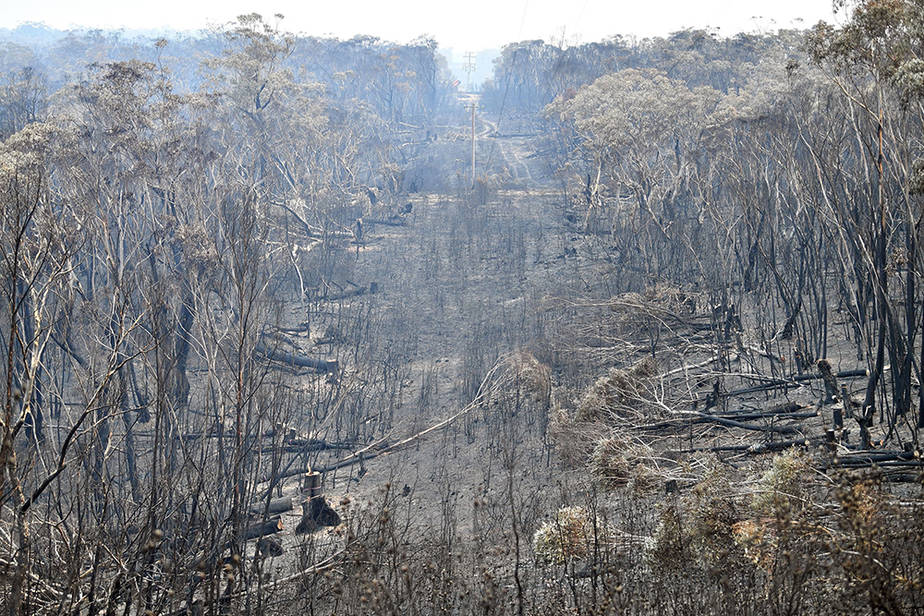
The fires are also threatening some of the most ancient forests on Earth, relics from 180 million years ago, when all the planet's continents were joined in the super-continent of Gondwana. The moist Gondwana rainforests, with damp microclimates under a dense canopy, have little history of fires, but global warming is drying them out.
"We are seeing ever more of these areas burning because conditions are so dry. This has been happening also in relic sub-alpine vegetation in Tasmania, where we are witnessing more regular dry lightning strikes," Walker said.
"The costs to Australia of not acting on climate change will be catastrophic. Already scientists are warning that many ecosystems will collapse under high-emissions scenarios," he said.
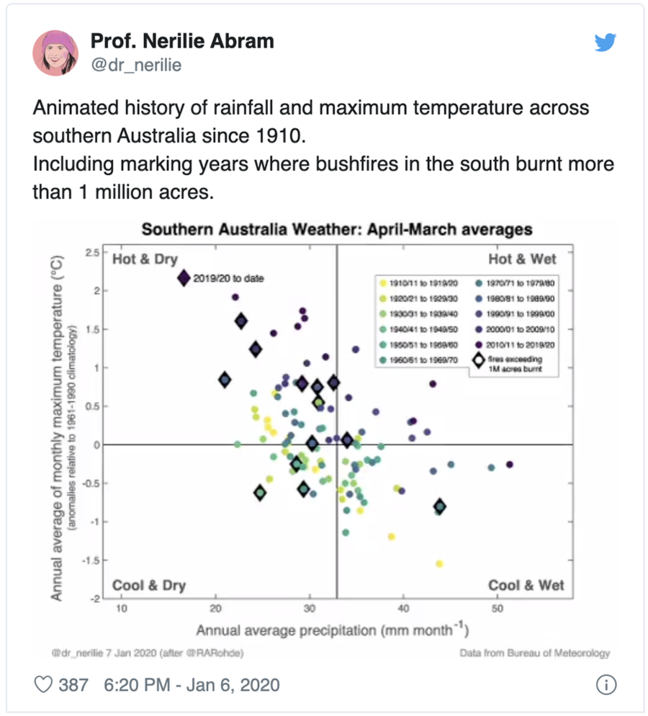
Research in recent years reinforces that view, said David Bowman, director of the Fire Centre Research Hub at the University of Tasmania.
"Global climate change is stressing vegetation much more than we realized. Stressed vegetation recovers more slowly and rapid changes from forest to non-forest are possible," he said. "Increased fire frequency reduces the capacity of forests to bounce back after recurrent fires."
Warming Also Drives Forest Die-Offs and Fire Risk in Other Ways
Even without fire, trees are dying around the world at increasing rates because of global warming.
During extreme heat events and droughts, air bubbles can form in their moisture transport systems, essentially choking them to death. Warming also increases outbreaks of tree-killing insects. And logging, as well as land-clearing fires in the Amazon are threatening to push that critical forest ecosystem past a tipping point with global implications for carbon cycling.
"Why are these trees in all these different regions dying at the same time when they've been around for such a long time? It's heartbreaking," said Breshears. "Ten years ago, I didn't think we'd be in this situation. I'm still kind of shocked myself at how much is occurring."
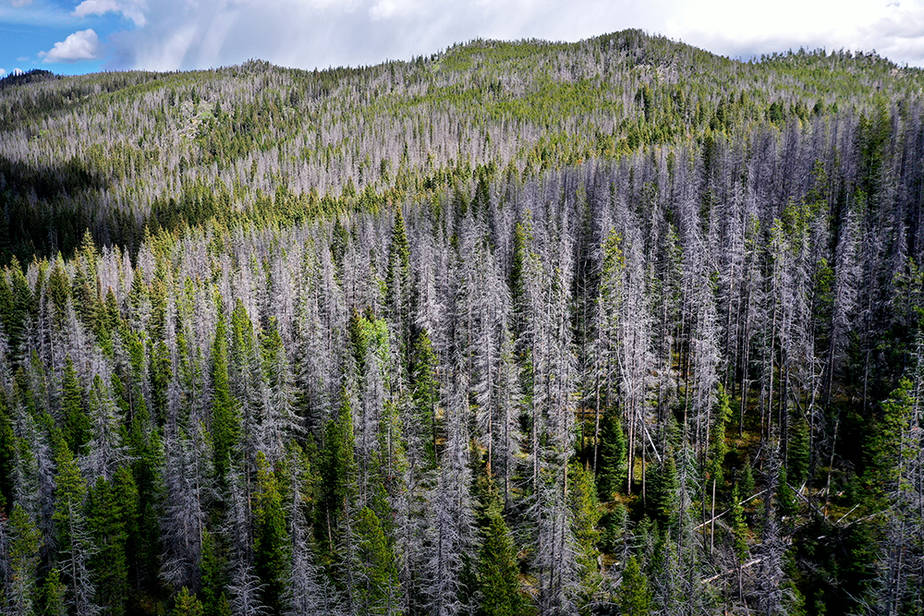
A series of studies in the past 10 years help explain the global tree die-off, said U.S. Geological Survey research ecologist Craig D. Allen.
There's evidence that most tree species around the world already routinely operate near damaging thresholds of water stress, and that they are unable to cope with the rising frequency and intensity of heat extremes, Allen said.
Another recent study showed how a declining snowpack and rising summer temperatures combine to limit regrowth, which is clear evidence of the negative impact of human-caused climate warming on subalpine forests. Pine seedlings need cool and moist summers to thrive, but those conditions occur less frequently with global warming. As a result, some Rocky Mountain forests will pass a tipping point with "shifts from forest to non-forest vegetation types across a broad range of elevations in Front Range forests," the study concluded.
Some tipping points may be less sudden than we think and already underway, said University of Montana forest entomologist Diana Six, who studies how global warming affects destructive insects that have been killing trees in the U.S. West in the past few decades.
"Older forests are established and may look fine. But what happens when they die? What comes back?" she said. On a warming planet, there's no guarantee that those older carbon-sequestering forests will regenerate—in fact there is plenty of research suggesting that many will not.
Even limiting global warming to 1.5 degrees Celsius (2.7°F) as targeted by the Paris climate agreement may not be enough to save some forests. "With the changes and extinction we are seeing now, I would say no. But less bad than if we let things go further," she said.
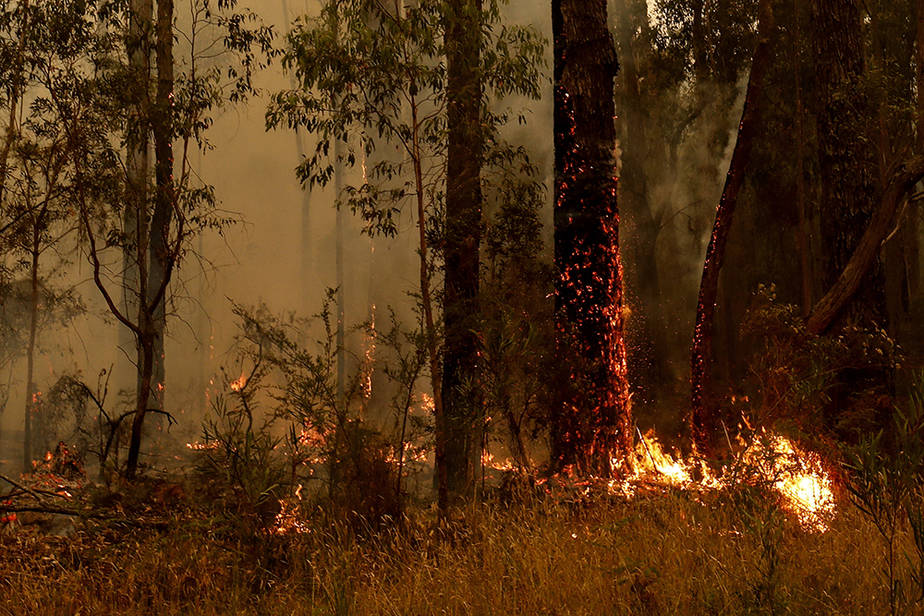
The multiple studies and reports on increases in fire season length, fire size, magnitude and intensity, as well as forest die-back events and pest outbreaks show that forest ecosystems at the very core of our life support on the planet are under severe stress, said Alistair Jump, head of biological and environmental sciences at the University of Stirling (UK).
"The changing climate is massively exacerbating the risk of catastrophic fire, and we are seeing the consequences of that globally," he said. "Even where fire isn't taking forests out, we are seeing drought-driven mortality risk escalate. Add to that changing pest and pathogen distributions and rampant deforestation, and trees are really in trouble just at the time that we need them most. The big risk of all of this being that carbon already locked away gets released in the blink of an eye.
"We take forests for granted—but we can see just how fast we can change the way forests work and how seriously it can impact us in return."